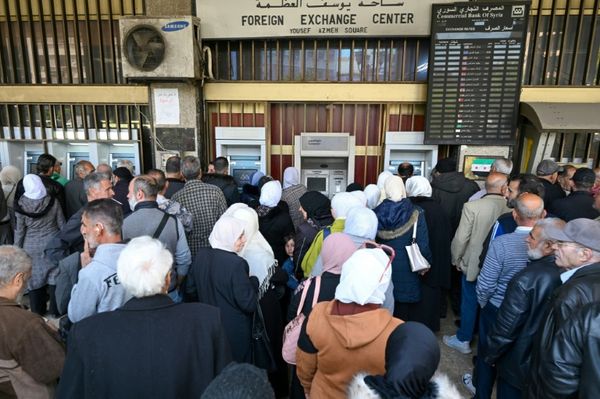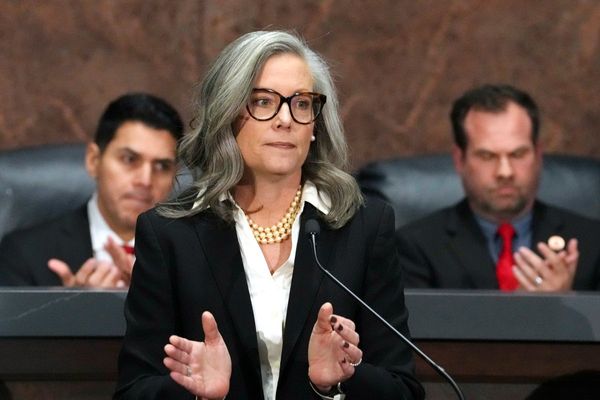TOPLINE
The stock market continued to rally on Monday amid hopes for a faster than expected economic recovery, with the S&P 500 turning positive for the year and fully recouping its losses from the coronavirus sell-off in March.
KEY FACTS
The S&P 500 rose 1.2%—turning positive for the year—on Monday while the Dow Jones Industrial was up 1.7%, around 450 points, and the tech-heavy Nasdaq hit a new record high, gaining 1.1%.
The market broke back above a crucial milestone, with the S&P 500 having now fully recovered its losses from the coronavirus sell-off earlier this year.
On Friday, the Nasdaq Composite became the first major index to climb to a new record high and erase its losses.
Stocks got a tremendous boost after the biggest monthly job gains on record: The U.S. economy surprisingly added 2.5 million jobs in May, versus an expected loss of over 8 million jobs.
The unemployment rate fell to 13.3% last month, which beat estimates of 19.5%, according to the Labor Department.
The market has continued to move higher in recent weeks thanks to growing optimism about reopening the economy—and the latest jobs data is a promising sign that the economy is beginning to recover from months of damage caused by business shutdowns during the coronavirus pandemic.
Stocks that would benefit from a reopening, including airlines, casinos, cruise operators, banks and some retailers, have continued to rally as investors rotate out of “stay-at-home” stocks.
Key background
The market hit a low point on March 23 amid widespread lockdowns due to the coronavirus pandemic: The S&P fell by up to 30%, the Nasdaq by up to 25% and the Dow by as much as 34% earlier this year. But stocks have so far had a strong start in June, building on back-to-back monthly gains. Both the Dow and S&P rose more than 4% in May, after rallying more than 11% in April. The S&P is now up 44% from its coronavirus crisis-level low on March 23, 2020.
Tangent
A crucial factor lifting stocks in 2020 is the unprecedented intervention of the Federal Reserve to support the economy: The Central Bank has injected nearly $3 trillion into financial markets since the end of February. The Fed has enacted a slew of emergency initiatives including rate cuts, lending programs and credit facilities that are giving investors reassurance the Central Bank will step in to save the financial system. The combination of proactive monetary policy from the Fed with historic government stimulus efforts has been an “exceptionally powerful force in driving the market,” according to Mark Freeman, chief investment officer at Socorro Asset Management.
What to watch for
Stocks have been moving higher in recent weeks, despite widespread civil unrest across the country stemming from the death of George Floyd. Wall Street doesn’t see the mass protests as a threat to either corporate earnings or an economic recovery, at least not yet: The S&P 500 is up over 4% since the unrest began on May 26.







